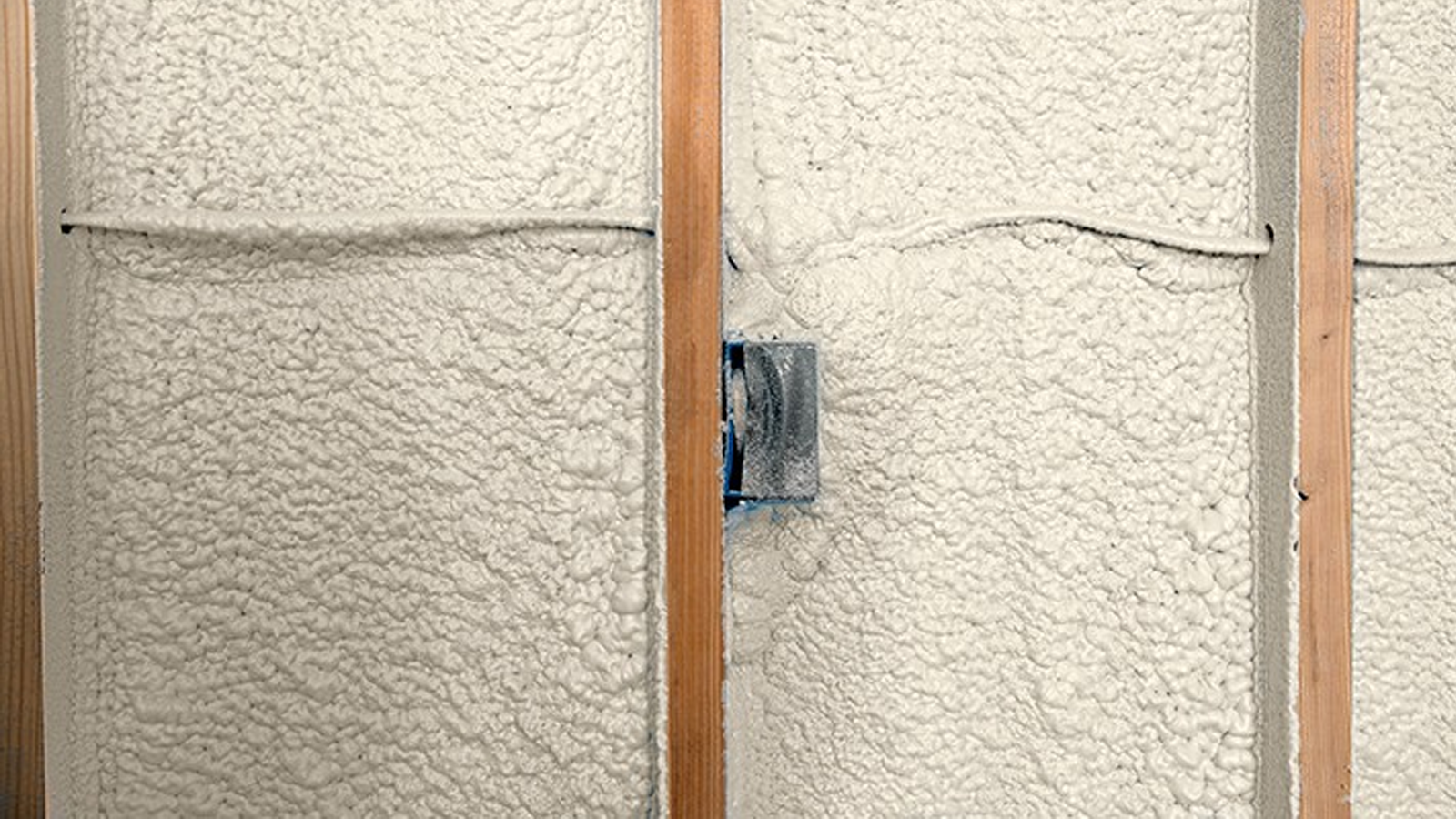Dangers Of Polyurethane Spray Foam Insulation

The typical paint type odor of spray foam comes from isocyanates which are very reactive and known to cause cancer and other health problems.
Dangers of polyurethane spray foam insulation. Dermal eye and respiratory exposures can trigger adverse health responses. Spray polyurethane foam spf insulation can spray in both tight and hard to reach spaces as well as larger sections called sandwich panels which feature in between structures walls. A worker sprays the foam with a special gun into a wall area or into drilled holes where the foam expands and seals the section. They can also cause skin eye and lung irritation asthma and chemical sensitization when absorbed through the skin or inhaled.
Sensitization means that workers can develop an allergy to a certain chemical after being exposed to it. But today icynene open cell spray foam insulation is the safest form of home insulation with almost no risk involved for homes or homeowner. Around ten years ago individuals related polyurethane spray foam insulation as an obscure untested type of home insulation which could be a risk to mortgage holders of the property. Exposure and injuries to spray foam insulation can result from a number of things including.
If spray foam is installed and cured properly it should not emit fumes or odours. Spf insulation contains chemicals called isocyanates that can cause skin and lung sensitization as well as irritation to the skin and mucous membranes like the eyes. Improperly installed foam can crack or break or it may continue to emit offensive odours including fishy. Polyurethane is in a lot of stuff from foam mattresses to bowling balls.
Isocyanates such as mdi methylene diphenyl diisocyanate are chemicals that react with polyols to form polyurethane. Exposures to isocyanates should be minimized. Be sure to research your installer their safety protocols and reviews.
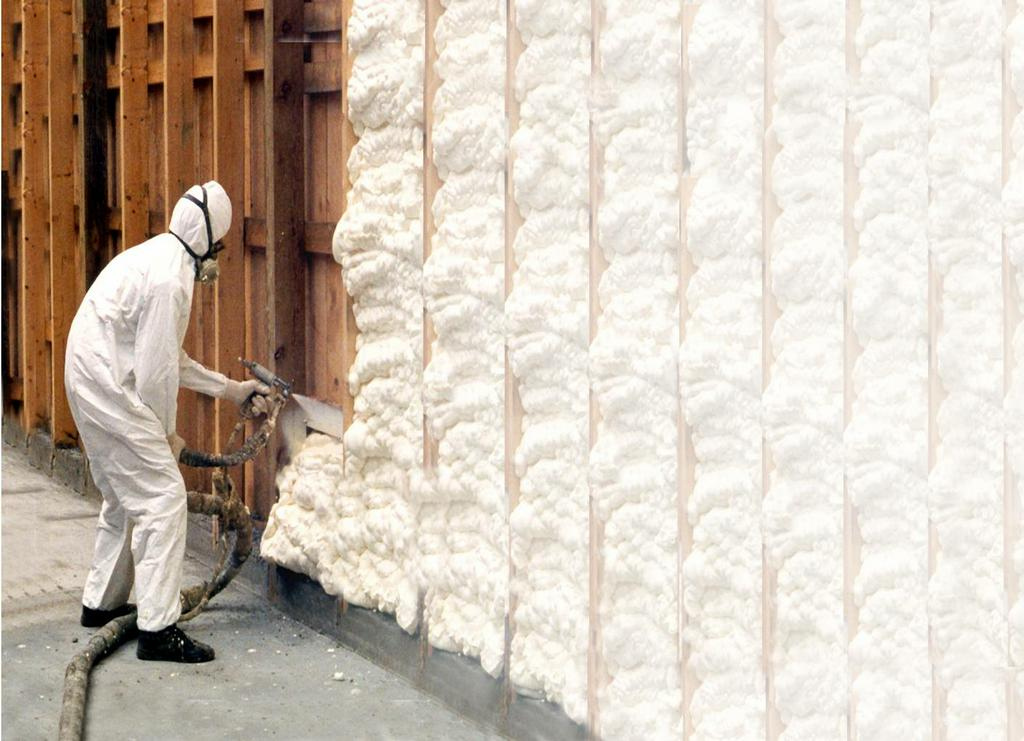



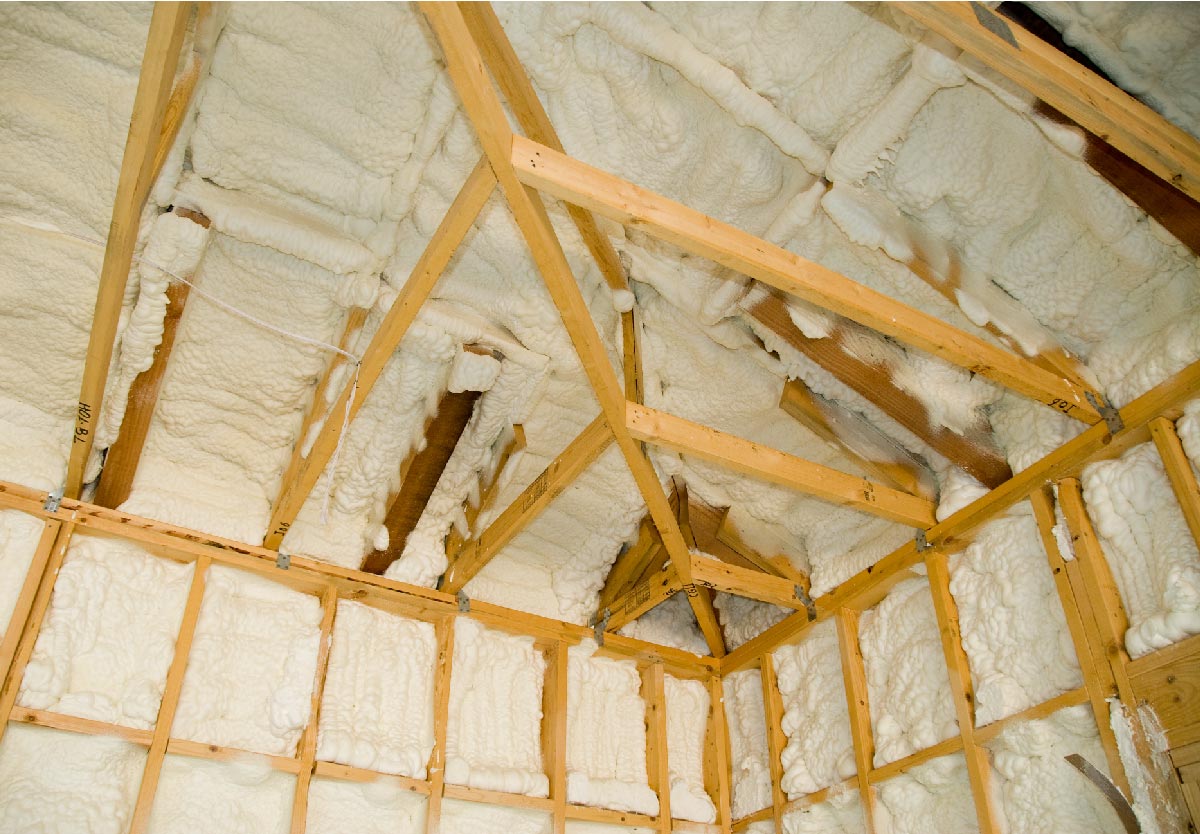



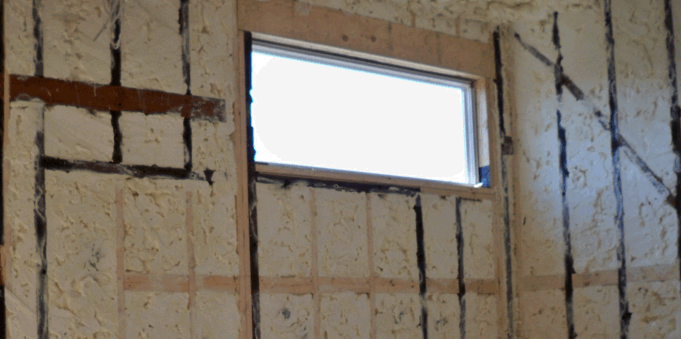

:max_bytes(150000):strip_icc()/__opt__aboutcom__coeus__resources__content_migration__treehugger__images__2013__08__spray-foam-closeup-111c31b987494e6a80c042183099bcb8.jpg)
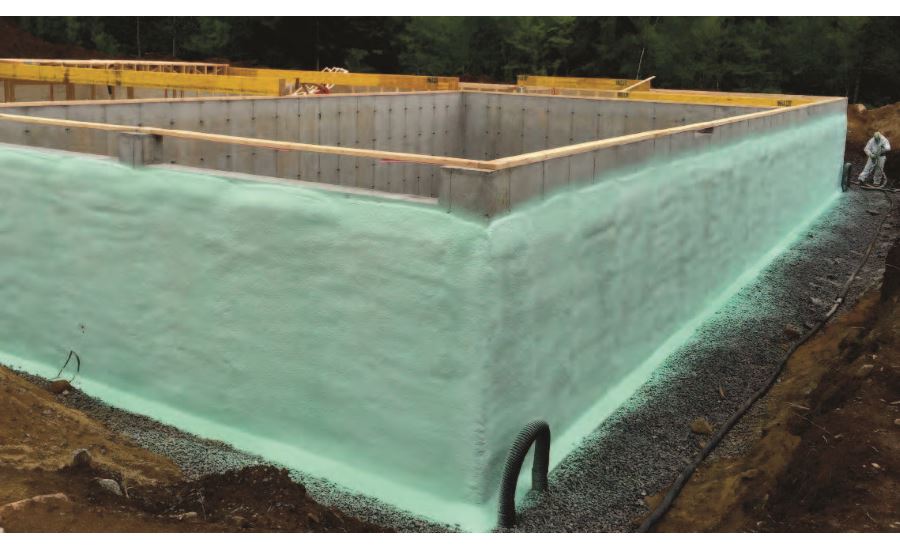
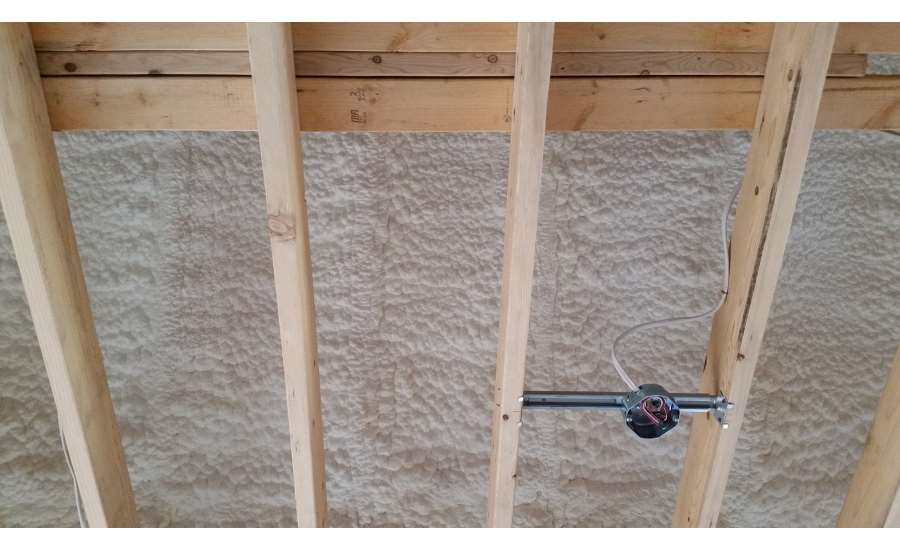












.jpg)



